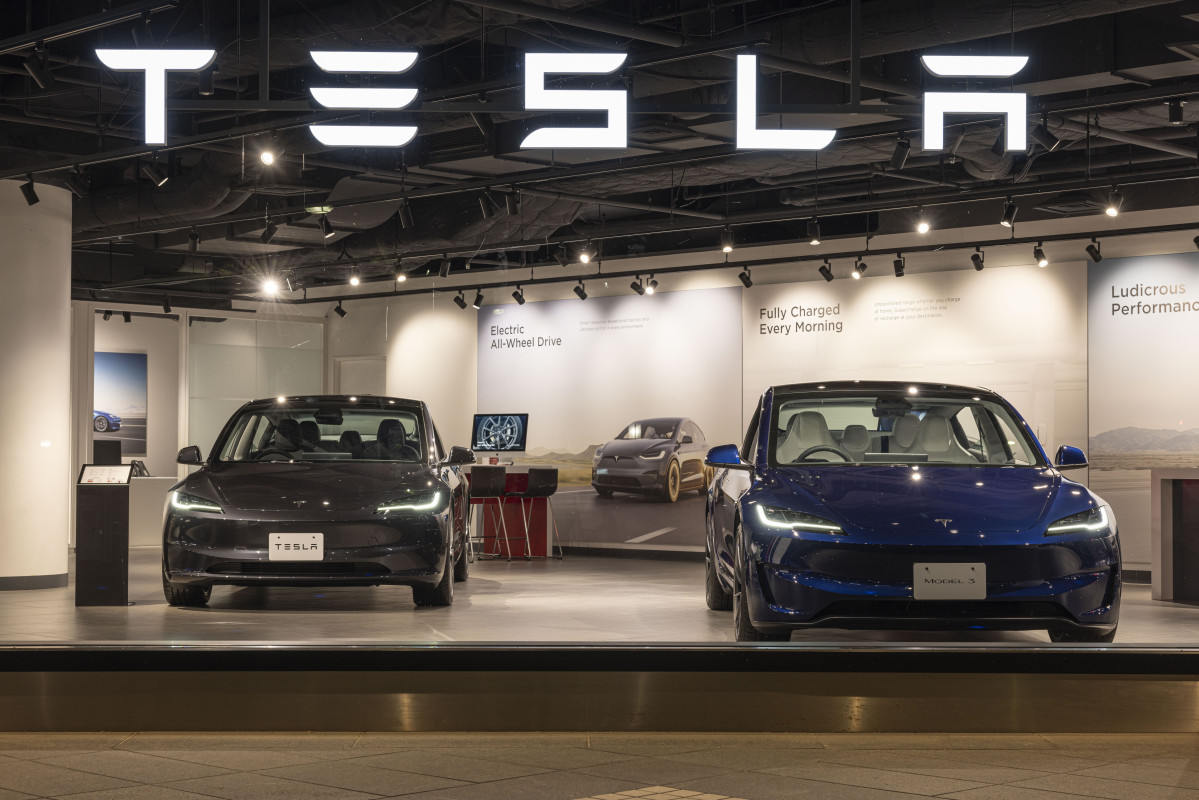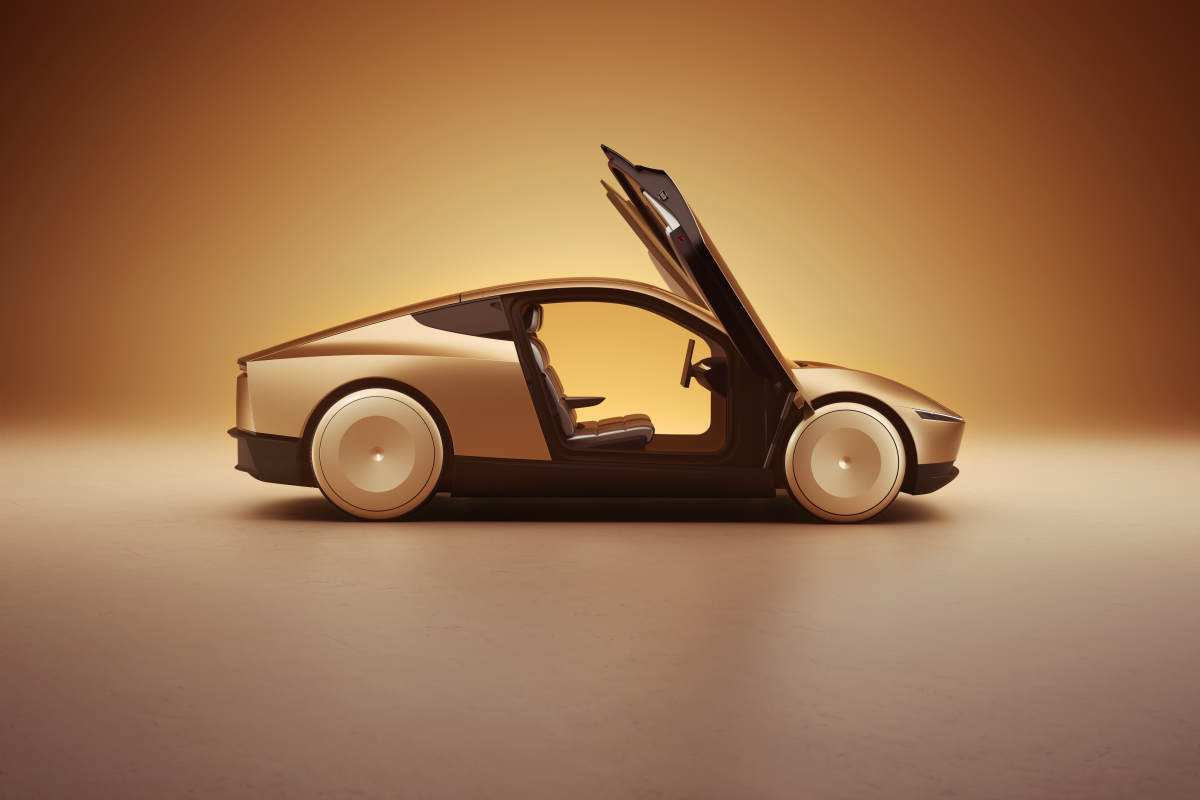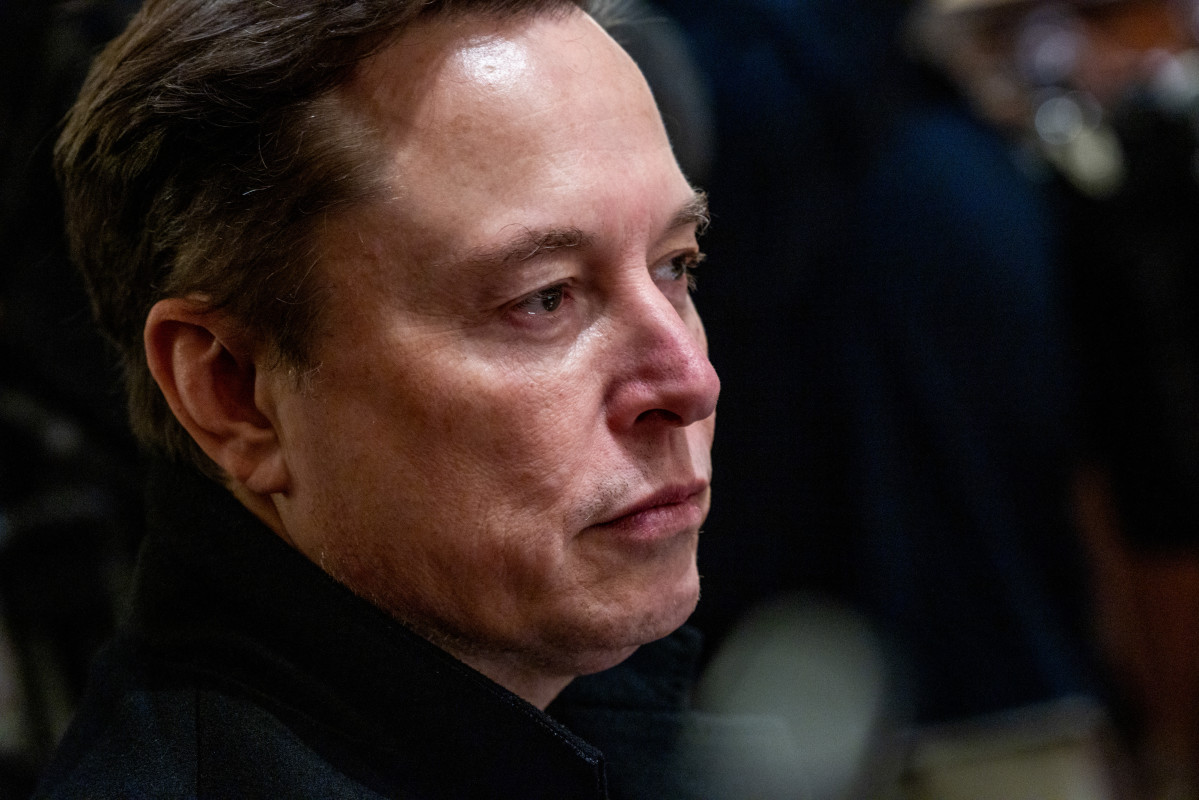Tesla looks to bounce back from poor Q1 results
Tesla has wrapped up its Q1 earnings call, and predictions for the webcast’s focus were essentially on point. Many expected Tesla to discuss the release timeline of its newly planned affordable models using existing vehicle structures, Robotaxi’s Austin, Texas launch in June, and tariffs—and that’s what listeners got. However, Tesla CEO Elon Musk and several other key members of the team, including CFO Vaibhav Taneja and Vice President of Vehicle Engineering Lars Moravy, shared details offering a clearer roadmap on where the company is heading following its poor Q1. Tesla missed its top and bottom-line Wall Street estimates during this year’s Q1, as automotive revenue dropped 20% from the previous year to $14 billion, while net income declined 71% to $409 million, down from $1.39 billion a year ago.

Getty
Musk talks personal schedule and Tesla’s big plans for autonomous driving
Seven minutes into the broadcast, Musk attributed part of the company’s headwinds to public disapproval for his role as an advisor to President Trump and head of the administration’s Department of Government Efficiency (DOGE) initiative focused on cutting “wasted” government funds. Musk said that he won’t be leaving DOGE and will likely keep the role through President Trump’s term, but noted that he’ll reduce the amount of time he spends on the initiative to a day or two per week starting around next month to focus more on Tesla.
Similar to Tesla’s annual shareholder meeting last June, Musk emphasized autonomous driving and robotics as the company’s future during the webcast. A key distinction Musk made was differentiating Tesla’s Robotaxi from its Cybercab. Musk explained that a Robotaxi could be any Tesla operating completely autonomously, which he says most of the company’s fleet is capable of. In contrast, the Cybercab refers to a specific model. During the webcast’s investor analyst Q&A portion, Lars Moravy said that the Robotaxi is in sample B validation, meaning Tesla is validating a nearly finalized design and will begin its first big builds for the model at the end of Q2, with full-scale production launching next year.

Tesla
Musk confirmed that Tesla’s Robotaxi is on schedule for its June debut in Austin, Texas, and highlighted the service’s initial fleet vehicle as the Model Y. He added that this Robotaxi service will expand from Austin to other US cities by the end of the year while stating: “Once we make it work in a few cities, we can basically make it work in all cities in that legal jurisdiction.” While Tesla is debating the exact number of Robotaxis they’ll launch on day one in Austin, Musk estimated it’ll be between 10 and 20 vehicles. One investor asked Tesla how the company plans to compete with Waymo, which is considered the leading autonomous rideshare service.
Musk focused on price when addressing Waymo by stating that Waymo vehicles cost around 80% more to make than Tesla’s cars and are manufactured in low volumes. After describing how Tesla’s Robotaxi can scale faster than Waymo’s fleet, Musk said that he’s confident that “Later this year, the first Model Y will drive itself all the way to the customer from our factory in Austin and our factory in Fremont, California.” The Tesla CEO also predicted that its unsupervised Full Self-Driving (FSD) tech will be available for personal use by the end of this year and generate material profit by the second half of next year.
Tesla on upcoming affordable models and tariff impacts
Autoblog previously highlighted a Reuters report from sources familiar with Tesla’s production plans stating that the automaker would be delaying its release of a more affordable model to late 2025 or early 2026. Tesla confirmed plans to start production of a cheaper vehicle in June but did not specify a release date. Instead, it provided a general launch window for some time this year. Regarding tariffs, Tesla says it’s responding to President Trump’s new policies by prioritizing supply chain localization, which it has a head start on with its United States, Germany, and China plants that work with regional suppliers. The company also highlighted India as a particularly tough market it’s targeting due to the country’s 70% tariffs on all vehicle imports and luxury tax on high-end car imports.

Getty
Final thoughts
Musk said during Tuesday’s Q1 call that Tesla has been on the edge of death around a dozen times, and he doesn’t think now is one of those dire periods. In addition to reiterating his optimism about the company’s developments in autonomous driving technology, he expects thousands of Optimus humanoid robots to be working in Tesla factories by the end of the year. Musk said Optimus will scale up faster than any product in history to a million units per year in four to five years. If Tesla accomplishes its robot and driving autonomy goals, Musk believes it will become: “The most valuable company in the world by far.”
Still, the Tesla CEO acknowledged that its autonomous driving tech needs to be safer than manual human driving, not equally as safe, to flourish. Musk explained that Tesla’s self-driving tech must overcome several unusual but possible edge cases where a human would need to intervene to reach this benchmark. It’s also worth noting that Tesla did not guarantee growth for 2025 in its Q1 investor deck, which reads: “While we are making prudent investments that will set up both our vehicle and energy businesses for growth, the rate of growth this year will depend on a variety of factors, including the rate of acceleration of our autonomy efforts, production ramp at our factories and the broader macroeconomic environment.”